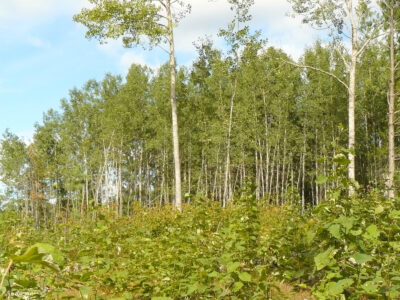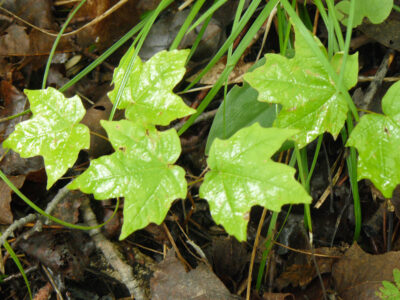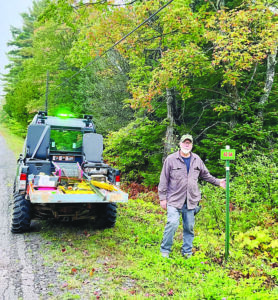Harvest renewal
The important role timber harvesting plays in forest health
- Quaking aspen regeneration from a recent clearcut. (Photo provided by Bill Cook)
- Sugar maple seedlings after a thinning operation. (Photo provided by Bill Cook)
- Bill Cook
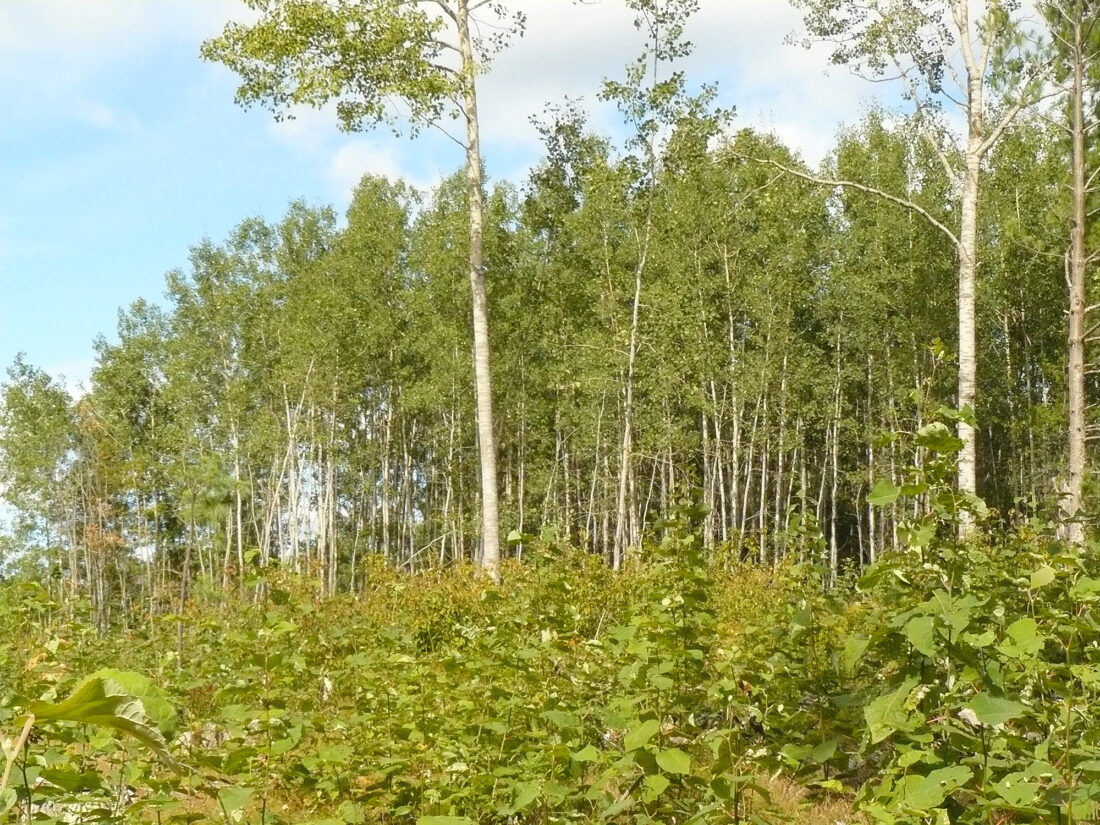
Quaking aspen regeneration from a recent clearcut. (Photo provided by Bill Cook)
Timber harvest is one of the most regenerative dynamics in our Lake States forests. Without disturbance, forests have difficulty regenerating, maintaining vigor, and optimizing habitat conditions. Harvest provides intentional “times and places” for disturbance which, in turn, maximizes the myriad of forest benefits across a landscape.
The recuperative powers of the forest are nothing short of amazing. I had the opportunity to drive through Yellowstone National Park this summer. The only major sign of the massive wildfires of 1988 are acres upon acres of 20-foot-tall lodgepole pine. OK, there were some charred remains under the pines, too. The same can be said of my travels throughout much of western Canada. Scads of young trees.
These young forests sequester large amounts of carbon, more than their senescent counterparts. That should come just in time for the greatest need, according to the climate models.
However, not all landscapes are quite as healthy. Backpacking a section of the Oregon Cascades entailed long stretches of burnt spars that tickled the underside of the blue sky. Plenty of ferns and wildflowers, but little regeneration. Yet.
Why the differences? I don’t really know. I may need to explore the answers among my western colleagues. Here in the Lake States, jack pine has a rather cozy fire history and recovery ecology. The 2012 Duck Lake Fire in the eastern U.P. has come back in an elegant fashion. Oceans of young trees.
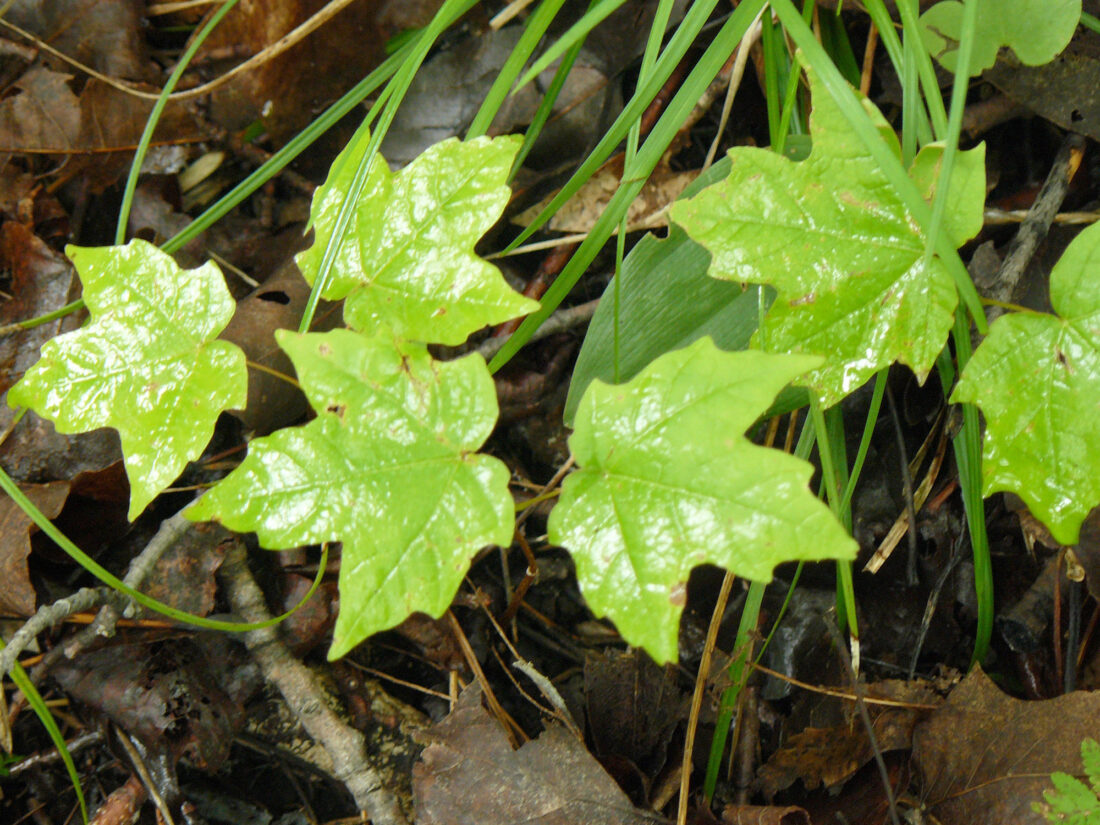
Sugar maple seedlings after a thinning operation. (Photo provided by Bill Cook)
I also had a chance to visit a stunning Washington site named Dry Falls. That was my introduction to the awesome glacial Missoula Floods. They were biblically cataclysmic, with hundreds of feet of water bursting through ice dams and scouring the landscape. The huge water volumes have been measured in cubic miles and rushed as fast as, perhaps, 65 mph. Epic. Nothing close has been seen on Earth since.
Yet, the land recovered. Now, the greater Columbia River watershed is much different than what occurred before the massive floods, but recovery happened nonetheless. I had to buy a book and read more about those events. Many of the landmarks I had already visited or passed by.
Forest management relates to this in a smaller but still significant manner. The Lake States forests were wantonly disturbed, to put it mildly, during the historic logging era. Yet today, the forests are largely healthy and productive, yielding great benefits to our economy and environment. Much of that has to do with management. Piece by piece. Stand by stand. Ownership by ownership. Only through management can our forest quality be balanced to provide the greatest diversity and quantity of benefits. Nature will not do this on its own.
In some parts of the country, forest industry has declined markedly. Subsequently, management activity has disappeared and forest health has declined. Think of all the western insect damage and increases in annual wildfire losses. Lack of management is far from the only reason for these phenomena. However, management could have, potentially, taken the edge of many of those losses. It’s impossible to address forest challenges without the financial support of the forest industry.
Sometimes, I fear management activity may be slowly declining in the Lake States. “Luxury forest” ownership no longer needs to pay its own way. “Benign neglect” appears to be more and more common, and ownership parcels are becoming smaller and smaller. Younger generations seem to sense less need to manage, although the actual need will be critical to our collective future.

Bill Cook
And, then of course, as a raw material, ain’t nuttin’ more environmentally friendly than wood. It’s not that timber harvest has the least negative footprint. It’s more about having net positive outcomes and building a more hopeful future.
———
As a retired Michigan State University Extension forester, Bill Cook still enjoys providing educational programming. A collection of these articles dating back to July 1997 can be viewed on this website: http://miforestpathways.net/ForestInfo/Newspaper/0000-Index.html.

